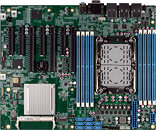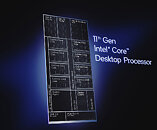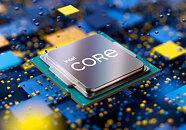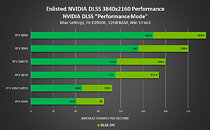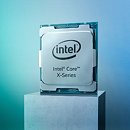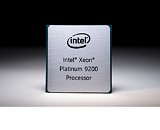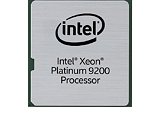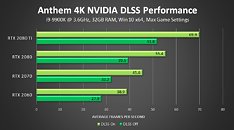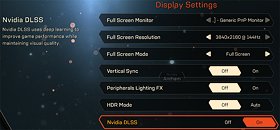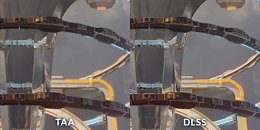
NVIDIA Releases Game Ready 496.13 WHQL GeForce Graphics Driver, Support Removed for Windows 8.1/8/7 & Kepler
NVIDIA has today launched its 496.13 game-ready WHQL GeForce graphics driver with many improvements and changes. Starting with the naming, the company has jumped from the 472.12 WHQL version released on September 20th to the 496.xx naming released today. Such a significant increase in version naming is uncommon, and makes us wonder why the company decided to do it, probably in preparation for the Windows 11 branch of their drivers, which uses version 500.
Starting from release 496.13, NVIDIA has also removed support for Windows 8.1, Windows 8 and Windows 7. The last driver to support these operating systems is 472.12. This makes some sense, since between this release and today, Microsoft has launched their Windows 11 operating system. NVIDIA also trimmed more fat by removing support for the Kepler architecture, which was launched in 2012 and included models like GeForce GTX 780 Ti, GTX 780, GTX 770, GTX 760, GT 740, GT 730, GTX 690, GTX 680, GTX 670, GTX 660 Ti, GTX 660, GTX 650 Ti and GTX 630.
Update 15:57 UTC: Added confirmation from NVIDIADownload NVIDIA GeForce Graphics Drivers 496.13 WHQL.
Starting from release 496.13, NVIDIA has also removed support for Windows 8.1, Windows 8 and Windows 7. The last driver to support these operating systems is 472.12. This makes some sense, since between this release and today, Microsoft has launched their Windows 11 operating system. NVIDIA also trimmed more fat by removing support for the Kepler architecture, which was launched in 2012 and included models like GeForce GTX 780 Ti, GTX 780, GTX 770, GTX 760, GT 740, GT 730, GTX 690, GTX 680, GTX 670, GTX 660 Ti, GTX 660, GTX 650 Ti and GTX 630.
Update 15:57 UTC: Added confirmation from NVIDIADownload NVIDIA GeForce Graphics Drivers 496.13 WHQL.










